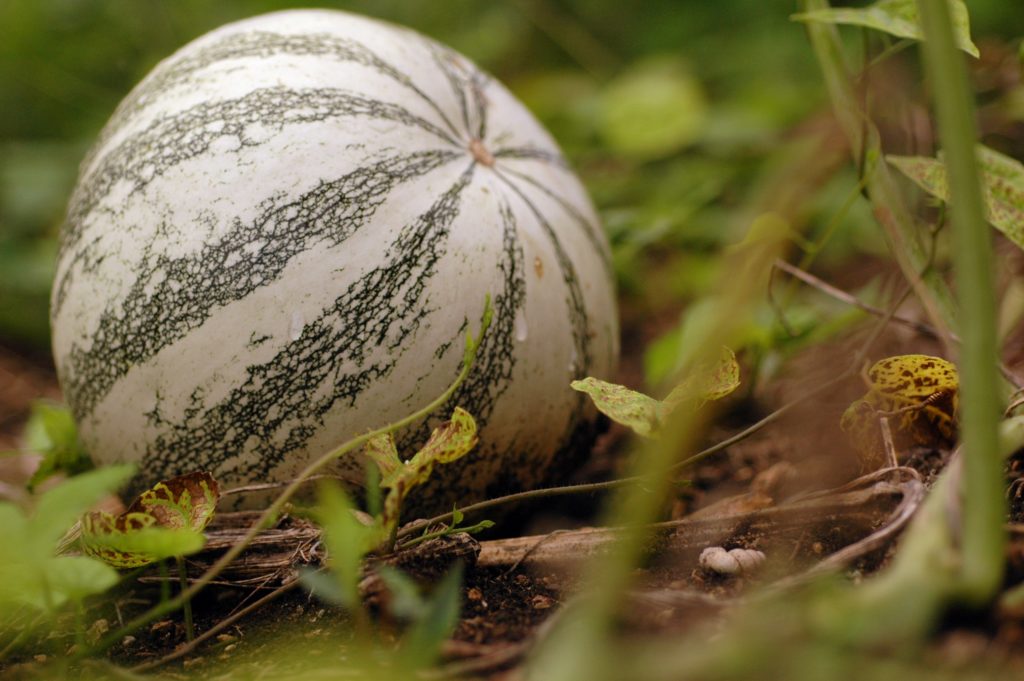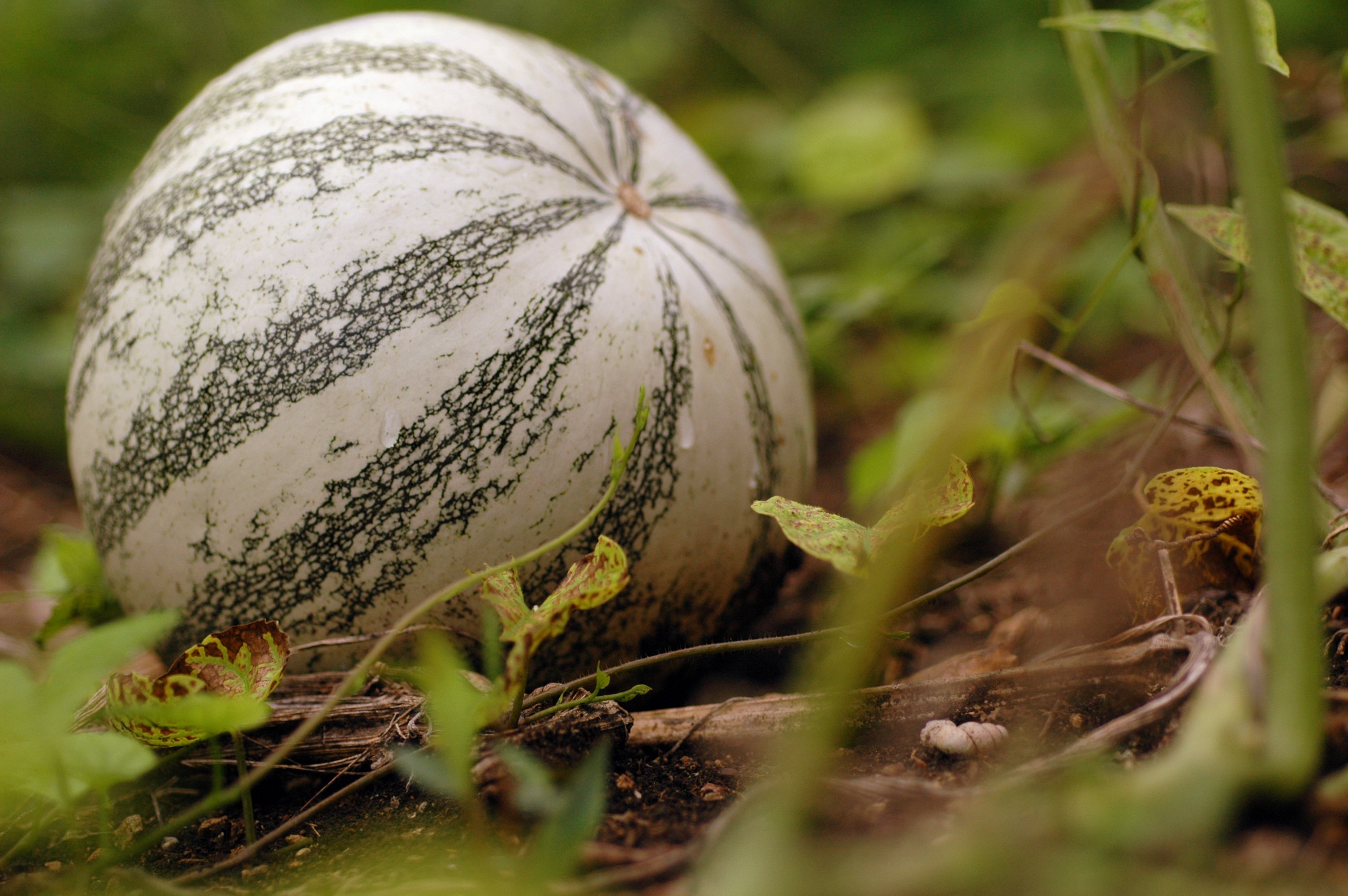How did the ancient Maya feed huge cities with populations of over 150,000 without using the wheel or even having reliable sources of water? These and other questions will be explored during Belize’s Maya 2012 Winter Solstice celebrations to be held at Chaa Creek this December, owner Mick Fleming said today.
Mr Fleming, who with his wife Lucy began Chaa Creek as a small farm in the late 1970s and still manages the eco resort’s Maya Organic Farm, which uses traditional Maya agricultural techniques to supply vegetables to the Chaa Creek restaurant and local families, said people are often amazed to learn how productive the ancient Maya were as farmers.
“Many people think of the Maya as forest dwelling subsistence farmers, but in actual fact they were astute urban planners who successfully fed huge cities and armies for hundreds of years. When you think of the logistics involved, especially for people who did not have the wheel or draught animals, it’s pretty astounding.
“Not far from Chaa Creek, the city of Caracol had some 180,000 people at its peak, and they had no rivers or real water sources other than what they could capture from rain,” Mr Fleming said.
Researchers have long wondered how the Maya of Belize successfully farmed on such a large scale for such a long period of time. Paradoxically, while the reasons for the sudden, dramatic collapse of the huge Maya Empire after the ninth century AD are still debated, a disruption in the food chain is now considered to be a likely cause.
An interesting aspect of Maya agriculture which has recently come to light is the Maya land management system known as the “Maya Forest Garden”. Anthropologist Dr Anabel Ford, Director of the Mesoamerican Research Centre at the University of California, is a friend of the Flemings who has worked for many years at the nearby El Pilar Maya archaeological site. Dr Ford manages a project called Archaeology under the Canopy that explores how the Maya managed to farm within the Belizean rainforests, rather than clearing large tracts of land as other cultures did and still do.
“The research… at El Pilar is based upon the premise that the ancient Maya worked with their tropical environment, as opposed to transfiguring it, and by doing so created a flourishing civilization sustained by the natural rainforest ecosystem,” Dr Ford said.
Mr Fleming said that the El Pilar findings should go a long way in explaining how the large, densely populated ancient Maya cities and communities were able to flourish on such a grand scale in an inhospitable jungle environment. He feels that the research is also important in discovering new ways to feed a growing world population while maintaining an increasingly fragile eco-system.
“Here at Chaa Creek we built the resort around the natural surroundings. Even back in the early days of farming, if there was a big tree in the way, we’d go around it rather than cut it down. People constantly complement us on the look of Chaa Creek and our landscaping, but it’s really just been a matter of working with what was there, as opposed to knocking everything down and then planting ornamental stuff around it. Later on we were pleasantly surprised to learn that’s how Chaa Creek’s original inhabitants, the ancient Maya did it,” Mr Fleming said.
These and other aspects of Maya agriculture, as well as Maya history and culture, healing, arts, crafts, music, pottery and home building, including roof thatching, will be the subject of the lectures and workshops during the weeklong Chaa Creek Maya 2012 Winter Solstice celebrations taking place around the December 21 2012 winter solstice.
A special Maya traditional village centre is being constructed at the Belizean eco resort’s Maya Organic Farm to house the workshops and give guests hands-on opportunities to learn from local Maya craftspeople, artisans, farmers and cooks.
In addition to the Maya workshops, a range of activities, including tours to the ancient Maya cities of Caracol, canoeing the Macal river, guided nature walks as well as hiking, mountain bike or horseback riding the network of trails throughout Chaa Creek’s 365 acre private rainforest reserve will be on offer.
“There is much we can learn from the ancient Maya that’s applicable to our needs today, and we like to think the 2012 Maya Winter Solstice celebrations will be an eye opener for many people,” Mr Fleming said, “In addition, of course, to being a great party,” he added.

